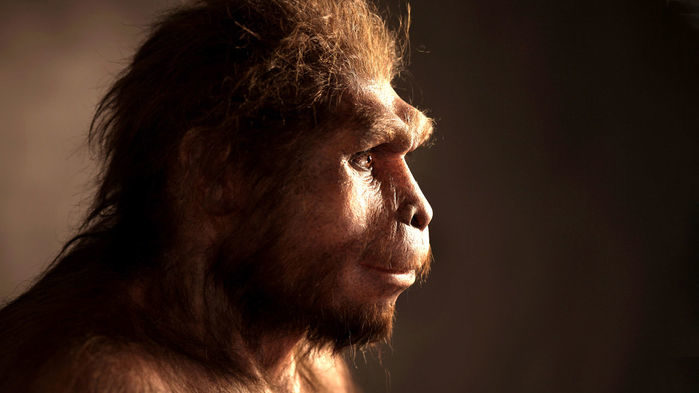
© Sylvain Entressangle & Elisabeth Daynes/ScienceFossil evidence reveals that members of Homo erectus on Java, pictured here in an artist’s reconstruction of a specimen who lived approximately 1 million years ago, may have persisted on the island until about 100,000 years ago.
When seafaring
modern humans ventured onto the island of Java some 40,000 years ago, they found a rainforest-covered land teeming with life — but they weren't the first humans to call the island home. Their distant ancestor,
Homo erectus, had traveled to Java when it was connected to the mainland via land bridges and lived there for approximately 1.5 million years. These people made their last stand on the island about 100,000 years ago,
long after they had gone extinct elsewhere in the world, according a new study assigning reliable dates to previously found
H. erectus fossils. The finding suggests a trace of
H. erectus DNA could live on in modern Southeast Asian populations, thanks to complex intermingling among the diverse humans who have lived in the region.
The newly dated fossils also bookend the existence of a remarkably long-lived human species, says Patrick Roberts, an archaeologist at the Max Planck Institute for the Science of Human History in Jena, Germany, who wasn't involved with the study. "With this date, the duration of
Homo erectus occupation in Southeast Asia is nearly three times as long as our [own] species has been on the planet," he says. "There is no doubt it was successful."
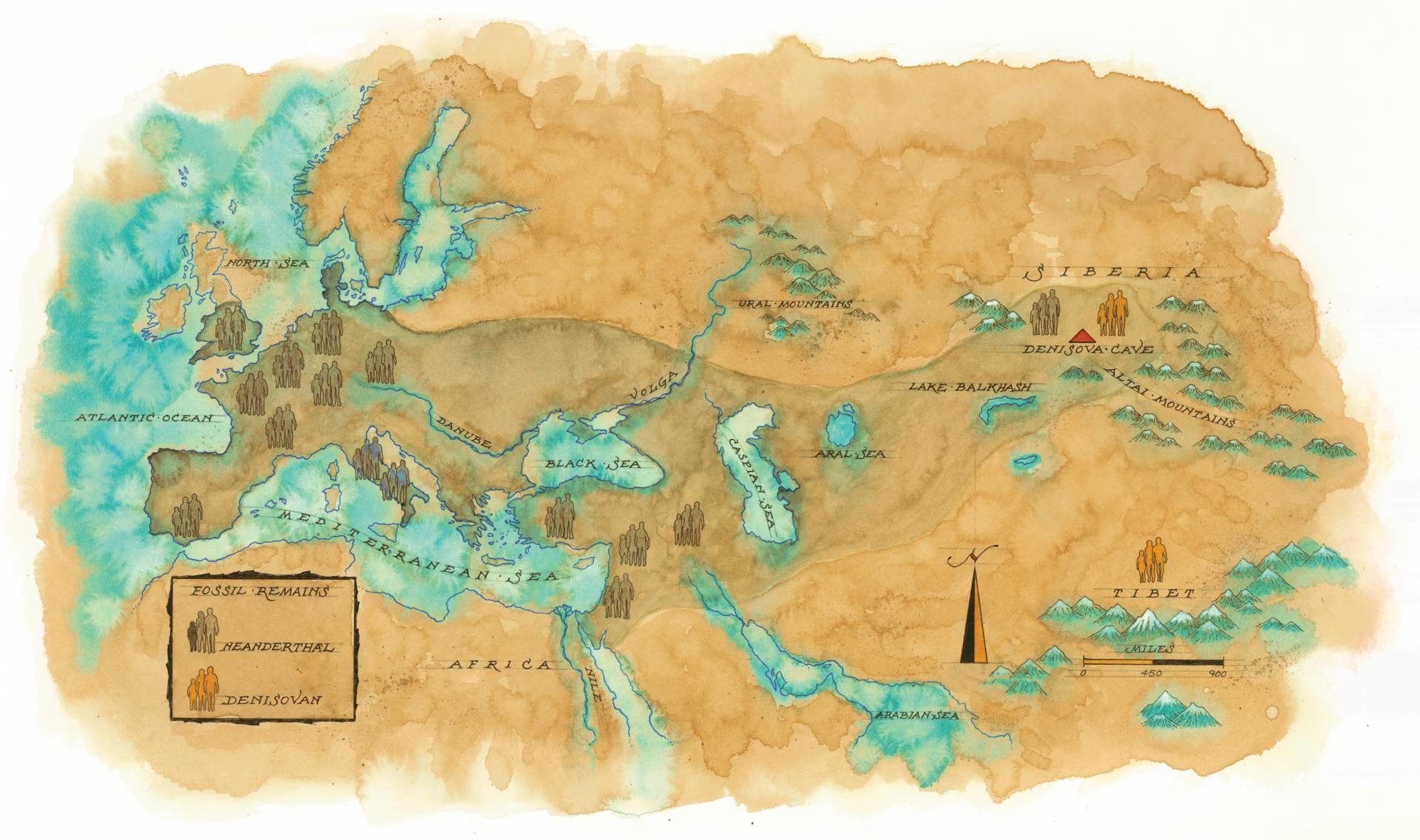
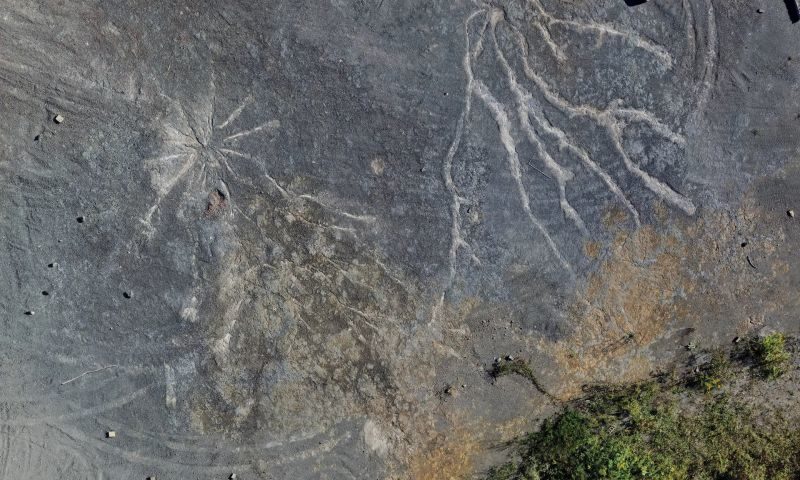
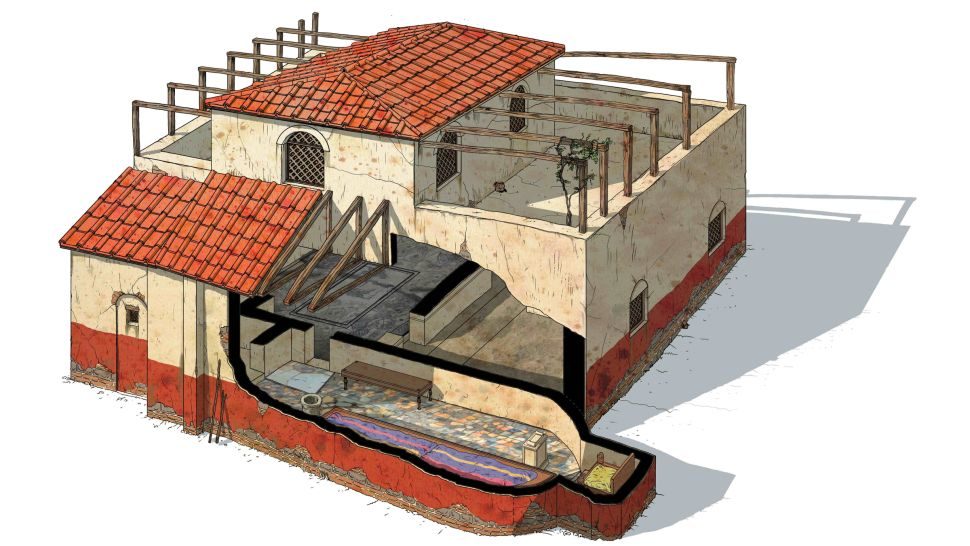
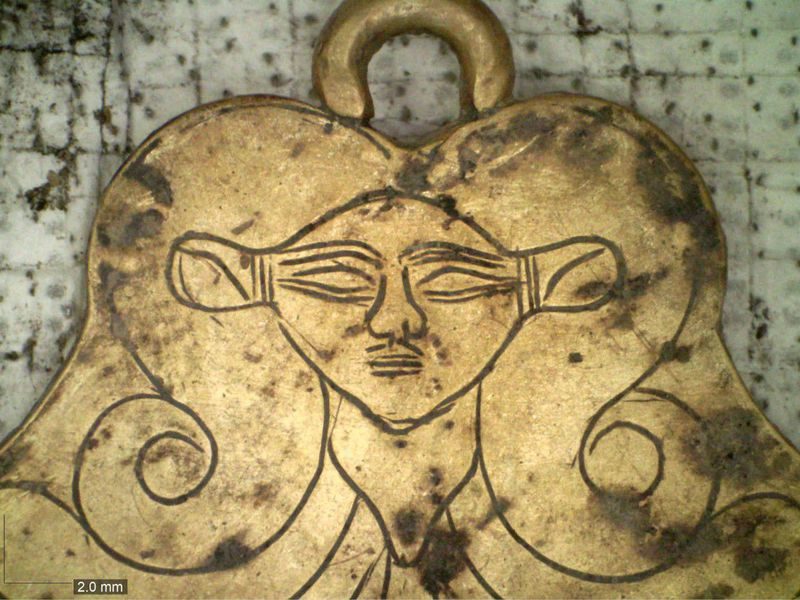

Comment: See also: